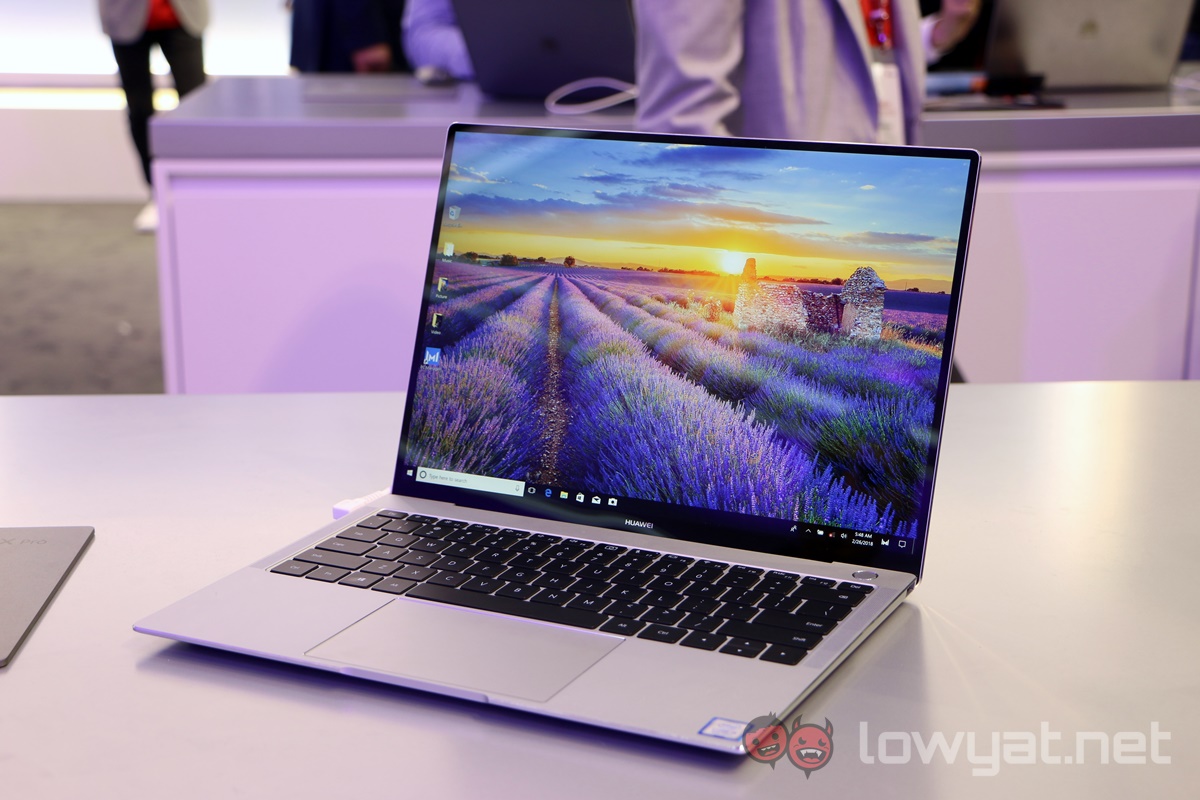Alongside its development for devices, Huawei has also developed its own proprietary OS for its products. This includes both smartphones and laptops. Its latest device, the Mate 20 series, currently runs Android while its Matebook series run Microsoft’s Windows 10 OS. The development of the alternate OS started way back in 2012, when the first investigation started against Huawei and ZTE. As of 2016, the company is reportedly still fine-tuning the OS. However, in a recent interview with Die Welt, Richard Yu, Executive Director, CEO of Consumer BG at Huawei, said the OS is ready Plan B will commence. If and when the company is no longer able to use US-made systems.
No previews of the OS has been shared online, and the question of app compatibility will no doubt we a sticking point upon its deployment. Many users will have their own favourite apps within the Android ecosystem, which developers say may be the issue in convincing them to jump onto a new platform. There is also the matter of processors for its laptops, as its Matebooks are powered by the US-made Intel processors. Huawei’s Kirin is a powerful SoC, but it clearly isn’t designed to handle the kind of processing that Intel CPUs are capable of. If this avenue gets closed off, though, it’s obvious that Huawei will be left with no other option but to develop its own laptop-grade CPUs. (Source: The Verge, Die Welt)
